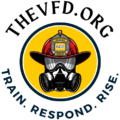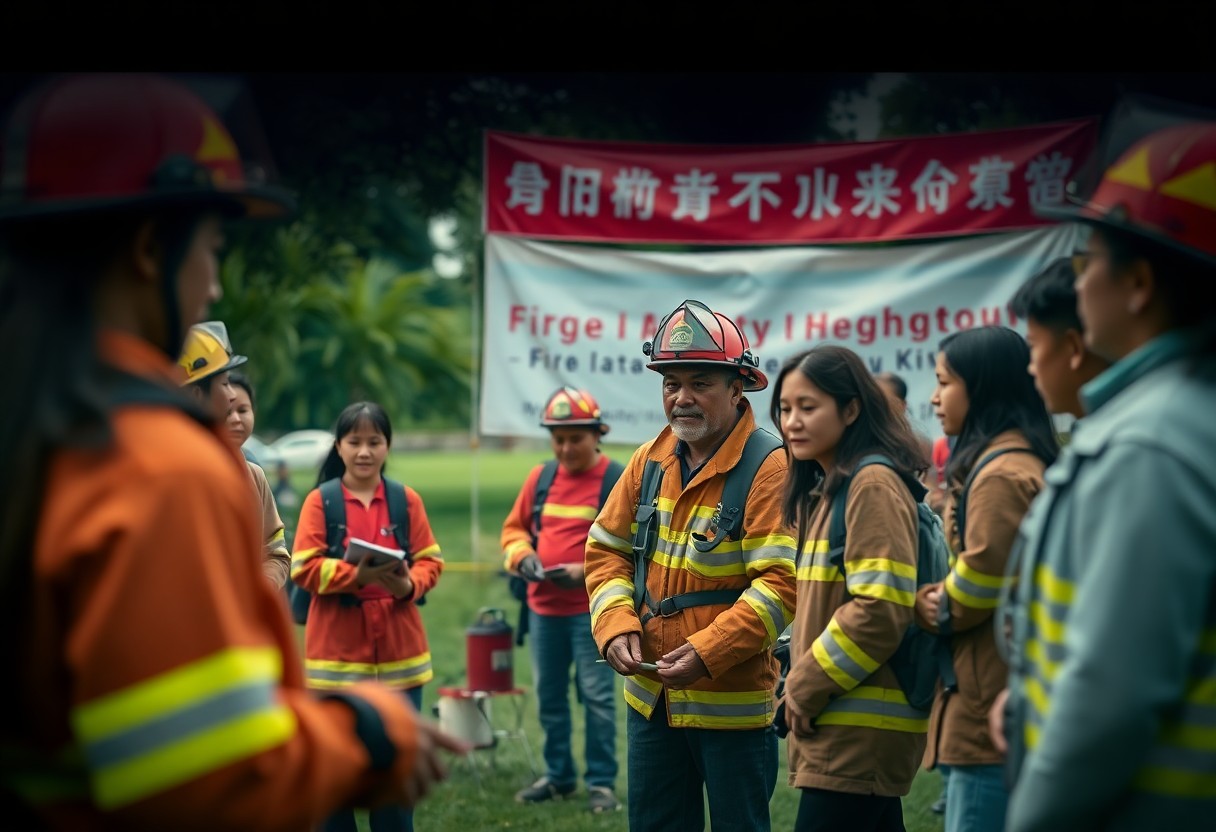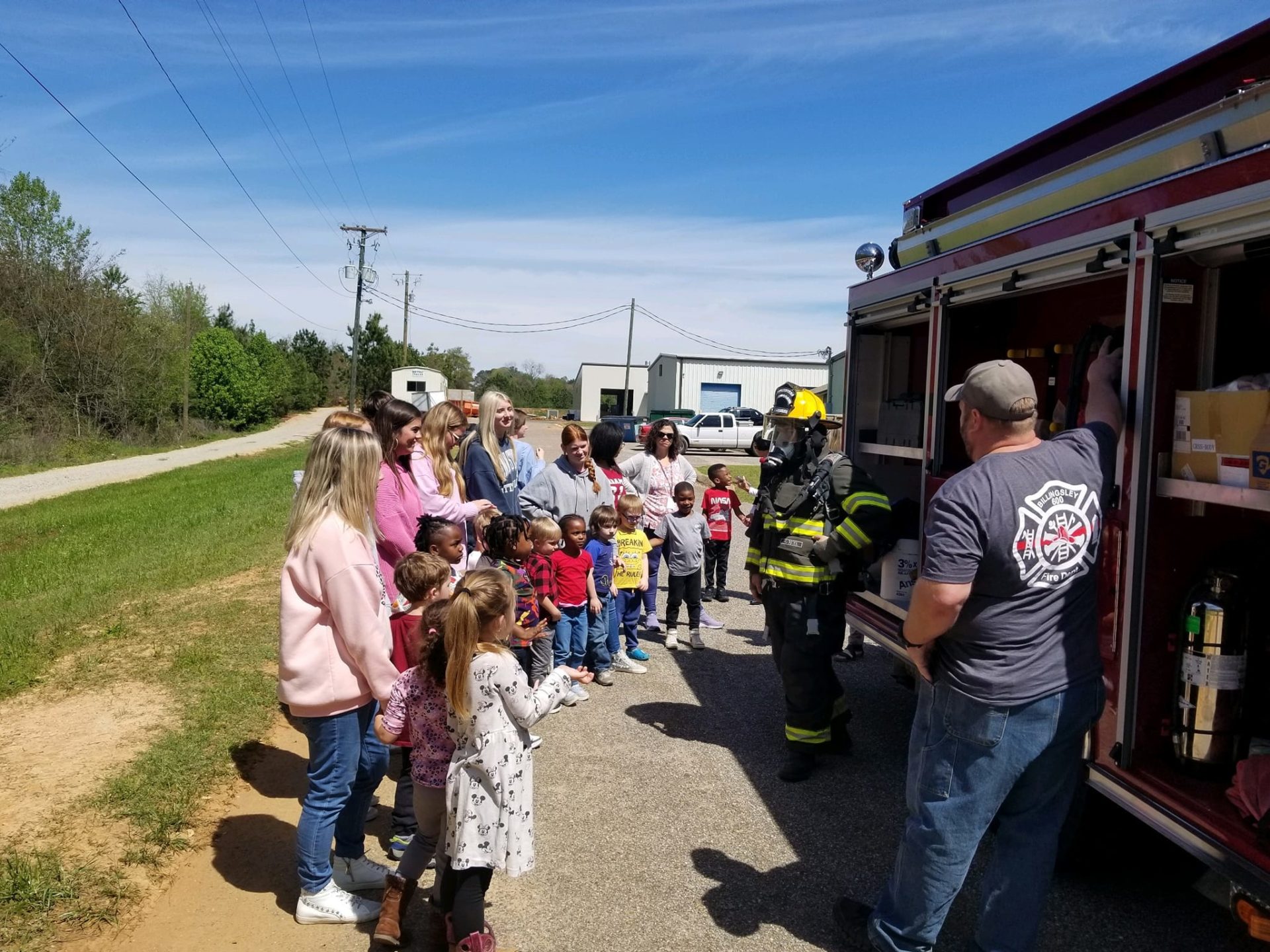Many communities struggle to engage and train volunteer firefighters effectively. By implementing targeted workshops, you can enhance vital skills while fostering a sense of community among participants. These workshops not only provide vital training but also create lasting relationships and networks. In this guide, you will learn how to design and promote workshops that attract and retain volunteer firefighters, ensuring that your community is not only prepared for emergencies but also connected and resilient.
Key Takeaways:
- Offer hands-on, practical training in workshops that focus on important firefighting skills, appealing to the interests of potential volunteers.
- Foster a sense of belonging by creating a welcoming environment and encouraging networking among participants, which can strengthen community ties.
- Utilize local resources and partnerships to enhance the workshop experience, providing access to experienced instructors and real-life scenarios.
Crafting an Irresistible Workshop Experience
Designing a workshop that draws in potential volunteer firefighters requires careful attention to detail and a focus on creating an engaging atmosphere. By combining practical skills training with community-building activities, you can create an experience that not only educates but also fosters camaraderie among participants. Focus on incorporating hands-on exercises, interactive discussions, and networking opportunities to elevate your workshop above traditional training sessions, ensuring attendees leave feeling motivated and connected.
Defining the Target Audience: Who Are Your Future Firefighters?
Your future firefighters are likely a diverse mix of community members, including students, working professionals, and retirees who are enthusiastic about giving back. Understanding their motivations and interests is imperative for tailoring your workshops effectively. Are they seeking fulfillment from community service, wanting to learn life-saving skills, or simply looking for a way to connect with like-minded individuals? Determining their unique characteristics will allow you to craft a more relevant and appealing experience.
Creating Engaging Content: Blending Skills and Community Appeal
Developing engaging content means weaving together imperative firefighting skills with the social aspects of community involvement. Offer classes that touch upon vital skills like first aid, fire safety protocols, and emergency response techniques while framing these lessons within real-life community scenarios. Incorporate testimonials from current volunteer firefighters to illustrate the impact of their work and create relatable connections. This not only makes your training more relevant but also illustrates the importance of teamwork and shared responsibility in firefighting.
Effective content speaks directly to your audience’s interests and concerns, which is why integrating local issues into your workshops can be particularly impactful. For instance, tackle topics like wildfire prevention strategies relevant to your region, followed by team-building exercises that put those skills into practice. You might invite local fire chiefs to share their experiences, creating a direct link between training and actual firefighting scenarios. Ensure your content also includes opportunities for networking, allowing participants to form relationships that could blossom into lasting partnerships once they take on volunteer roles.
Skills Development: Bridging Theory and Practice
Connecting theoretical knowledge with real-world skills enhances the volunteer firefighter’s ability to respond effectively during emergencies. Workshops should focus on relevant scenarios, simulating situations they may face. By integrating hands-on experiences with expert-led instruction, participants gain confidence and competence, ultimately improving community safety. Providing a structured environment where attendees can apply what they learn solidifies their understanding and equips them for real-life challenges.
Essential Skills for Volunteer Firefighters: What to Teach
Focus on fundamental skills including fire suppression techniques, safety practices, basic first aid, and search and rescue operations. Incorporating topics like incident command systems and communication protocols prepares volunteers for various scenarios. Skills should be tailored to the needs of your community, ensuring that you are addressing specific risks and challenges. Continuous skill enhancement not only increases individual confidence but also promotes team cohesion, creating a more effective firefighting unit.
Interactive Learning Techniques: Engaging the Participants
Utilize interactive learning methods such as role-playing, simulations, and group discussions. These strategies invite active participation, keeping volunteers invested and attentive. Consider implementing technology-based tools, like virtual reality scenarios, to recreate emergency environments for immersive learning experiences. Moreover, hands-on activities encourage peer collaboration, fostering a sense of community among participants.
Interactive learning techniques create a dynamic atmosphere that stimulates curiosity and deeper understanding. By using role-playing scenarios, you can inspect their decision-making processes in lifelike situations, allowing for constructive feedback in real-time. Group discussions provide a platform for sharing different perspectives, while simulations give participants the chance to physically engage with firefighting equipment. Such approaches not only enhance learning retention but also build important camaraderie required in the field, ensuring that volunteers are well-prepared when facing real fires together.
Community Dynamics: Building Connections That Matter
Fostering strong community dynamics enhances recruitment efforts for volunteer firefighters. Engaging local organizations, schools, and businesses can create pathways for building relationships that enhance community spirit. Open dialogues, shared experiences, and organized events allow potential volunteers to see the impactful role of firefighting in their neighborhood. Creating an environment where community members feel valued and connected not only boosts participation but also reinforces the bond among firefighters, leading to a resilient and supportive firefighting culture.
The Role of Teamwork in Firefighting: Fostering Camaraderie
Teamwork is the backbone of successful firefighting operations. When volunteers work together in rigorous training and real-life emergency situations, a strong sense of camaraderie develops. This relationship fosters trust and reliability, allowing fire crews to operate effectively under pressure. By incorporating team-building activities into your workshops, you help instill a sense of belonging among volunteers, ensuring they feel committed and capable when on the ground.
Networking Strategies: Cultivating a Supportive Environment
Creating a strong network among volunteers and community members can significantly enhance the firefighting experience. Strategies like hosting local events, facilitating mentorship programs, and leveraging social media platforms allow individuals to connect and share experiences. Each interaction strengthens the overall network, promoting resource sharing and emotional support that go beyond firefighting duties. In essence, a solid network not only nurtures individual firefighters but also invigorates the community as a whole.
Strategically connecting your volunteer firefighters to a broader community can fundamentally change their experience. Consider establishing a dedicated online forum where volunteers can seek advice, share successes, or discuss challenges they face. Hosting regular meetups and training days further solidifies these connections, ensuring volunteers have allies in their journey. Don’t overlook the power of community events—public displays of teamwork, such as educational demonstrations or participation in local parades, can greatly enhance visibility and encourage new volunteers to join your ranks.
Marketing Your Workshop: Attracting Attendees Effectively
To garner interest in your workshops, you must focus on a comprehensive marketing strategy that resonates with your target audience of potential volunteer firefighters. Using clear messaging that highlights the skills being taught, the community benefits, and the unique opportunities for networking will drive engagement. Leveraging a variety of channels—from local community boards to fire department newsletters—ensures your workshop reaches eager candidates ready to learn and serve.
Utilizing Social Media: Leveraging Platforms for Outreach
Social media platforms like Facebook, Instagram, and Twitter are powerful tools for outreach. You can join local community groups, share engaging posts about your workshops, and host live Q&A sessions to answer potential attendees’ questions. Posting visually appealing content, such as photos or videos from past events, showcases the dynamic and exciting atmosphere of your workshops, effectively attracting your audience.
Creating Compelling Promotional Material: Eye-Catching Designs and Messaging
Crafting promotional materials that stand out is key to attracting attendees. Use bold graphics, clear fonts, and concise messages to convey the workshop’s benefits. Incorporating testimonials or success stories from past participants can further entice prospective volunteers by humanizing the invitation and depicting the positive impact of the experience.
In designing your promotional materials, consider using color schemes that resonate with firefighting themes, such as red, yellow, and black. Including elements like imagery of firefighters in action or community engagement will evoke a sense of purpose and urgency. Strong calls-to-action, such as “Join Us Now” or “Limited Spots Available”, create a sense of exclusivity that encourages individuals to take immediate action. By combining aesthetic appeal with persuasive messaging, you effectively communicate the value of your workshops, turning interest into attendance.
Measuring Success: Evaluating Workshop Outcomes
Setting clear metrics for success is necessary in evaluating the effectiveness of your workshops. Establish specific goals—such as participant engagement, skill acquisition, and community feedback—and measure them through quantitative data and qualitative insights. A successful workshop will not only fill seats but will also foster a sense of belonging, encourage participation, and lead to ongoing volunteerism.
Feedback Mechanisms: Gathering Insights from Participants
Utilizing feedback mechanisms such as surveys, polls, and follow-up interviews allows you to gather valuable insights from participants. Ensure that your feedback tools are straightforward and accessible, enabling participants to express their thoughts on workshop structure, content, and delivery. Analyze this information to identify areas where you excel and aspects that may need refinement.
Adjusting Future Workshops: Continual Improvement for Greater Impact
Your workshops should evolve based on participant feedback and changing community needs. By continually assessing performance metrics and participant reactions, you can fine-tune content, delivery methods, and engagement strategies to enhance workshop outcomes. This adaptive approach not only addresses immediate concerns but also positions your offerings to better align with the future interests of volunteer firefighters.
Regularly prioritizing adjustments based on participant feedback fosters a culture of responsiveness and growth within your workshop offerings. For instance, if respondents highlight a desire for more hands-on training, consider incorporating greater practical exercises or simulation scenarios in future sessions. Additionally, conducting focus groups or informal discussions with attendees post-workshop can uncover deeper insights and foster a sense of community ownership. Such steps not only enhance workshop quality but also create a trusting environment where participants feel valued and understood, driving higher retention rates within your volunteer firefighter community.
Final Words
Hence, by implementing targeted workshops that encourage skill development while fostering a sense of community, you can attract and retain volunteer firefighters. Focus on hands-on experiences, networking opportunities, and collaborative learning environments that resonate with your audience. Engage with local organizations, provide resources, and create a vibrant atmosphere where participants feel valued and motivated. By prioritizing both skill-building and community connection, you enhance the overall effectiveness and sustainability of your volunteer firefighting efforts.



